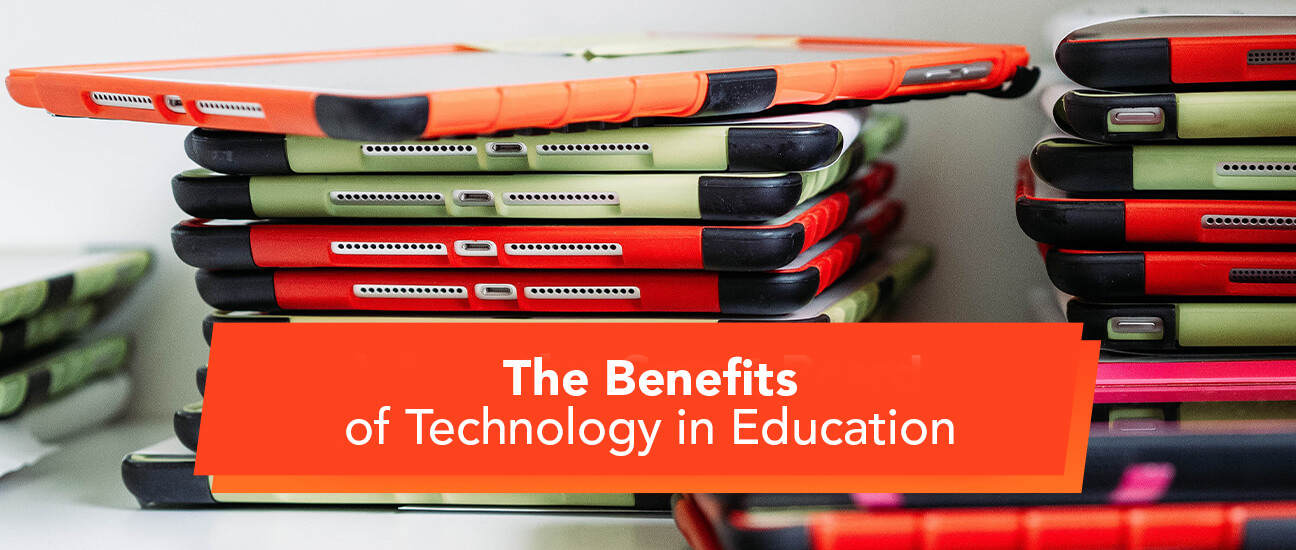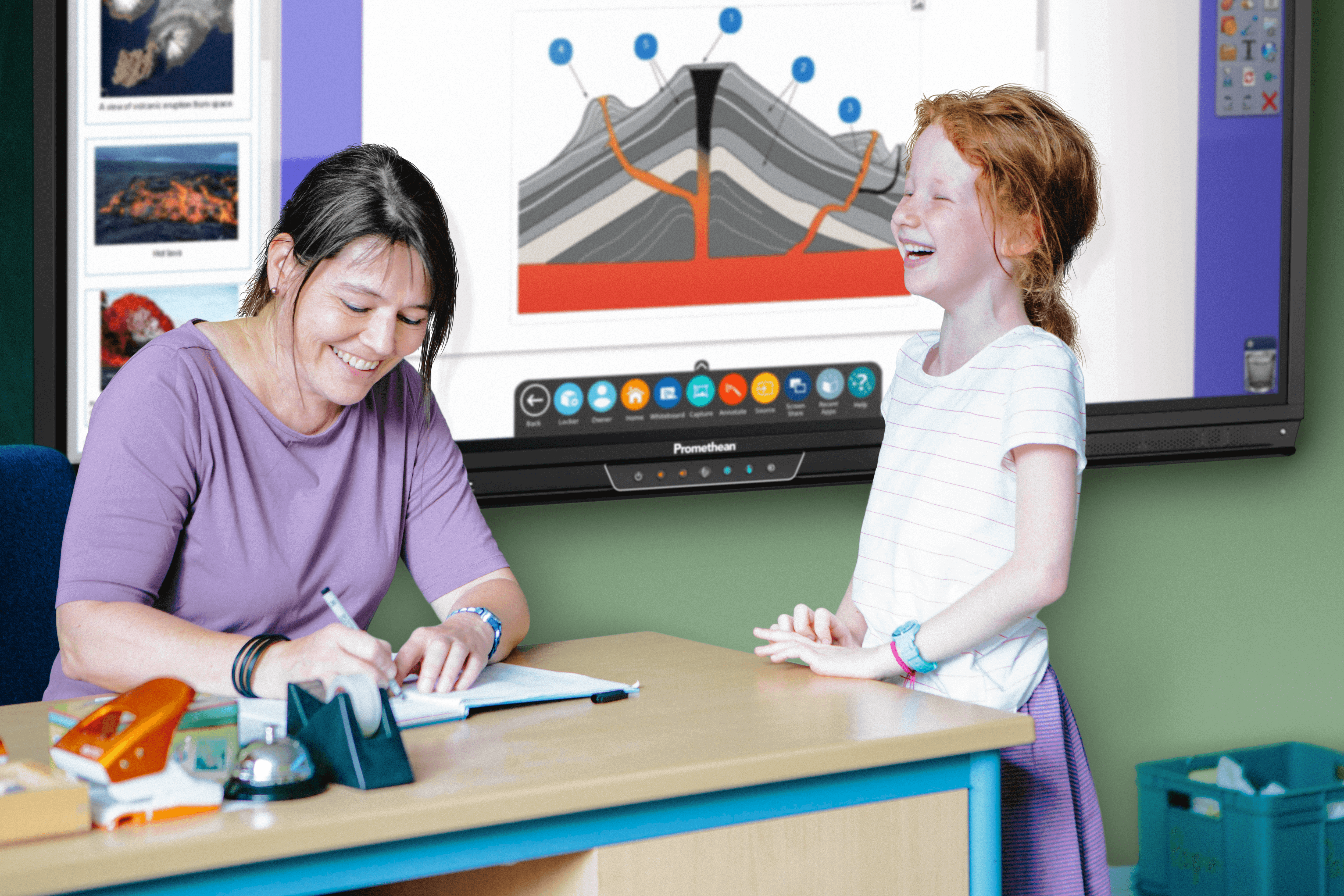When schools were forced to fully or partially close as a result of the global pandemic, educators had to simultaneously manage remote and in-person teaching. In other words, apply a hybrid learning model that combines traditional pedagogy with education technology. This brought demands on the always-on teacher, lacking the unparalleled classroom environment.
However, the hybrid learning landscape isn’t entirely unrecognisable — educators have long predicted the combination of tech and teaching. Drawing on their experience with edtech, they understand what works and what doesn’t, so they’re now in a position to leverage the benefits for addressing any engagement drop or attainment gap.
It’s essential for catering asynchronous and synchronous learning, but what are the engagement benefits of a learning experience without limits?
New ways to design, monitor, and assess learning
Hybrid learning has modernised pedagogy, progressing from the reliance on conventional practices. Catalysing the crucial uptake of edtech, it’s provided a range of tools and a seamless digital backdrop to underpin educators’ lesson delivery. This propelled them forward into a differentiated teaching style which uses a variety of activities to target mixed-ability pupils.
This diversified teaching approach uses edtech to create personalised learning for different learning profiles. Not only does this encourage students to be active participants, but it also gives them more ownership of their learning and responsibilities.
Hybrid learning emphasised the importance of edtech that supports learning goals. Rather than taking a pragmatic approach of merely accommodating edtech, hybrid learning shows educators how integrating different tools can support objectives like collaboration. Technology also makes learning goals more stimulating for students through a variety of formative and summative assessment methods — from live polling to large-format quizzes — with more immediate, real-time feedback.
A digital-first strategy for learning without limits
Giving further opportunities for students to use edtech regularly is particularly suited to this digital generation. Digitally native students are predisposed to engaging with content through technology, so these platforms make learning more intuitive. This helps make content more accessible if they can understand it through digital platforms they’re familiar with.
As well as bringing a level of familiarity, sustained exposure to edtech supports students’ digital literacy. Not only does improving this valuable life skill make them more employable and prepare them for higher education, it sharpens their critical thinking skills so they can more confidently engage with complex topics.
Prioritising edtech in your school strategy provides actionable ways for educators to overcome the boundaries of the classroom space. Being able to livestream anywhere in the world on an interactive display like the ActivPanel creates immersive experiences which don’t limit teachers to the classroom’s four walls. Instead, transporting students outside the classroom leads to untethered, digitally-rich learning which can be tailored to any school, lesson, or student context.
Hybrid learning comes with challenges for staff and students long term. However, the significant benefit of embedding edtech more strategically and thoroughly within school strategy is maximising its long-lasting value. Find out more about future-proofing your hybrid approach and the role of edtech in our guide to the new modern classroom. Request a free ActivPanel demo to discover how this purpose-built interactive display can boost your student engagement.




